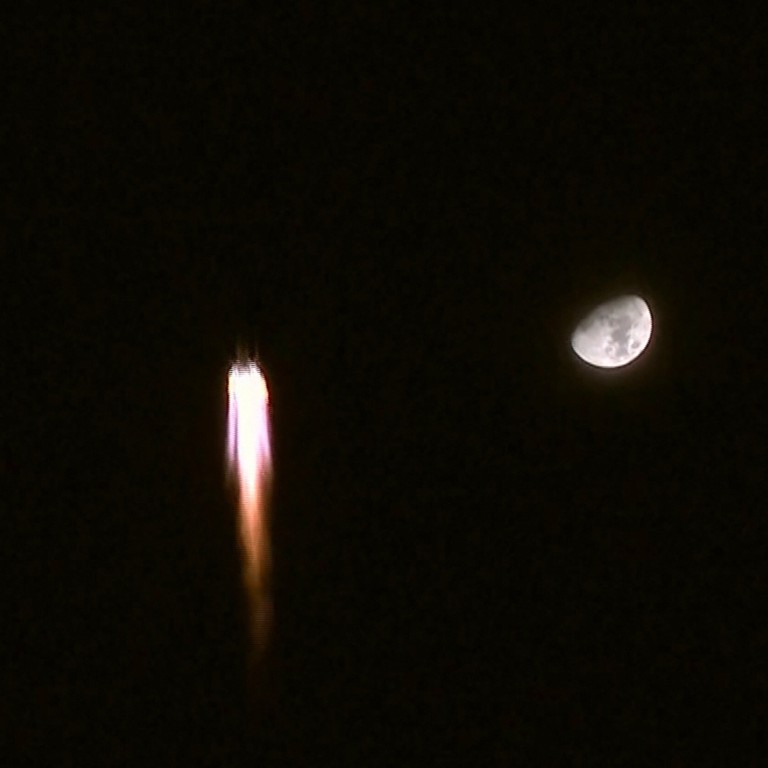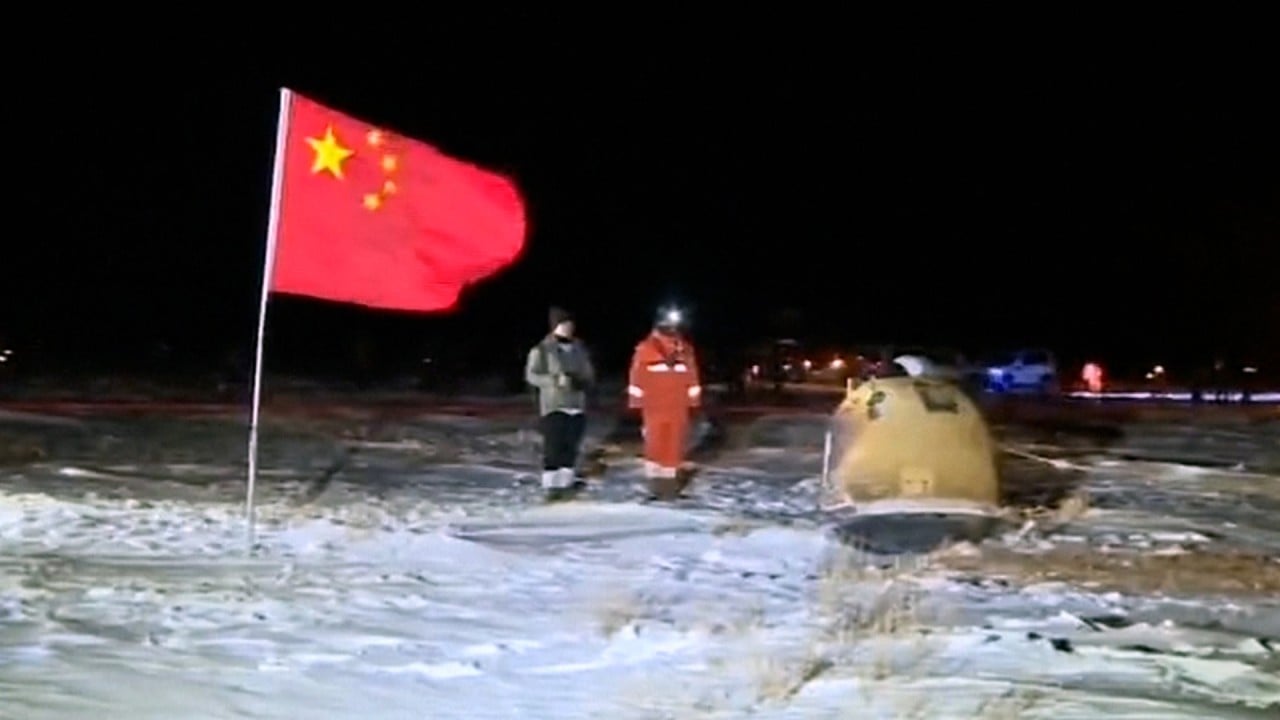
China is working on a way to extract oxygen from the moon’s surface
- Experiments were carried out using a small reactor during one of China’s lunar missions
- Researcher also unveils design of a solar-powered device to release oxygen from lunar soil
Chinese researchers are working on a way to extract oxygen from lunar soil that they hope will be used to sustain humans on the moon in the future.
Guo told a space conference in Shenzhen on Monday that there was a need to find oxygen on the moon “as soon as possible” to support China’s plan to build a research station there.
Guo on Monday said oxygen could be extracted from lunar soil – which is rich in titanium-iron oxide and ferrous oxide – by heating it to high temperatures of up to 2,500 degrees Celsius (4,500 Fahrenheit). That causes the ions to break down and gaseous oxygen to be released.
She said it was a highly efficient method that could produce up to 30kg of oxygen from 100kg of soil, though the high temperatures were a safety concern. As well as oxygen, the process could also produce other useful materials including high-purity silicon – used for semiconductors – and metals such as iron and titanium.
The researchers plan to eventually put this process to the test using a fully automated device, powered by solar panels. According to a design Guo presented at the conference, the solar panels would unfold after it was deployed and robotic arms would be used to collect and filter the lunar soil and load it into the reactor, where the oxygen and other by-products would be extracted.

01:28
China’s Chang’e 5 lunar mission returns to Earth with moon samples
Next, China wants to land astronauts on the moon by 2030, and to set up the joint scientific base with Russia. The China National Space Administration and its Russian counterpart Roscosmos have invited other countries to join the programme, and preliminary exploration missions are expected to begin this year, with construction to start as early as 2025.

